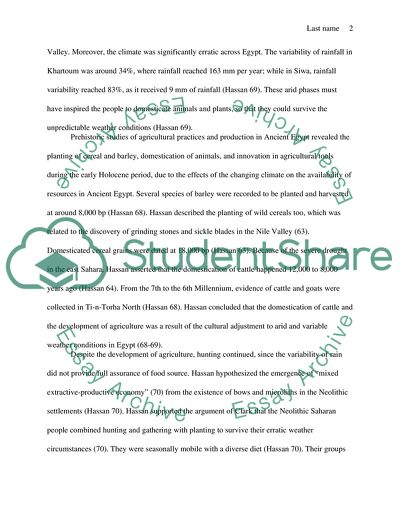Cite this document
(From a Small Village to the Great Land of Egypt Literature review, n.d.)
From a Small Village to the Great Land of Egypt Literature review. https://studentshare.org/history/1788952-private-lives-of-ancient-egyptians
From a Small Village to the Great Land of Egypt Literature review. https://studentshare.org/history/1788952-private-lives-of-ancient-egyptians
(From a Small Village to the Great Land of Egypt Literature Review)
From a Small Village to the Great Land of Egypt Literature Review. https://studentshare.org/history/1788952-private-lives-of-ancient-egyptians.
From a Small Village to the Great Land of Egypt Literature Review. https://studentshare.org/history/1788952-private-lives-of-ancient-egyptians.
“From a Small Village to the Great Land of Egypt Literature Review”. https://studentshare.org/history/1788952-private-lives-of-ancient-egyptians.


